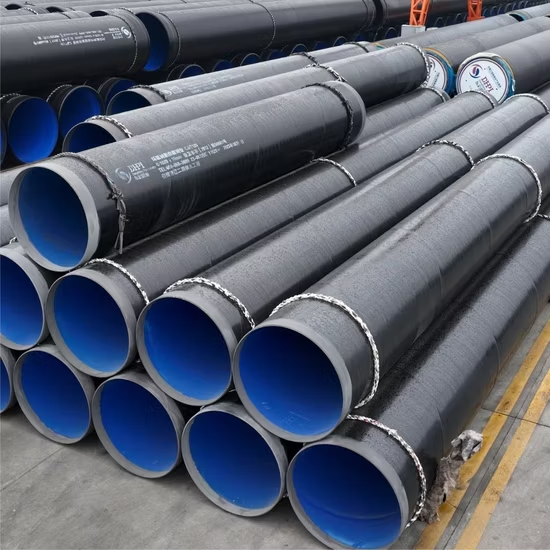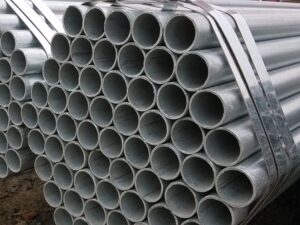Description
The Unsung Veins of Modern Civilization: Understanding Petroleum Pipes
We rarely think about them, but they are the arteries of our modern world, silently and constantly delivering the lifeblood of our energy economy: petroleum pipes. These intricate networks of steel and other durable materials stretch for hundreds of thousands of miles across continents and beneath oceans, transporting crude oil and refined products from production sites to refineries and ultimately to consumers. Their impact is undeniable, yet their existence often fades into the background.
This article delves into the vital role of petroleum pipes, exploring their construction, maintenance, environmental considerations, and the future challenges they face.
More Than Just a Pipe: A Complex Engineering Marvel
Petroleum pipelines are far more sophisticated than simply long, hollow tubes. They are complex systems designed to withstand immense pressure, corrosive substances, and extreme environmental conditions. Key components include:
- The Pipe Itself: Typically constructed from high-strength carbon steel, these pipes are coated with protective layers to prevent corrosion and degradation. Different alloys and materials are sometimes used depending on the specific application and the characteristics of the transported product.
- Pumping Stations: Located at strategic intervals along the pipeline, these stations house powerful pumps that maintain the necessary pressure to keep the oil flowing efficiently over long distances.
- Control Systems: Sophisticated monitoring systems track pressure, flow rates, and temperature, allowing operators to detect leaks, prevent over-pressurization, and ensure the safe and efficient operation of the pipeline.
- Safety Valves and Shut-Off Mechanisms: In the event of a rupture or leak, these automated systems quickly isolate the affected section of the pipeline, minimizing environmental damage and preventing larger-scale incidents.
Maintaining the Flow: Inspection and Repair
The integrity of petroleum pipelines is paramount. Regular inspection and maintenance are crucial to prevent leaks, ruptures, and environmental disasters. Common inspection methods include:
- Internal Inspection Gauges (PIGs): These robotic devices are inserted into the pipeline and travel along with the oil, using sensors to detect corrosion, dents, and other anomalies.
- Aerial Surveys: Helicopters or drones equipped with infrared cameras can identify potential leaks by detecting temperature variations along the pipeline route.
- Hydrostatic Testing: The pipeline is filled with water and pressurized to levels exceeding its normal operating pressure to detect any weaknesses or leaks.
When issues are identified, repair strategies range from simple patching to complete section replacement, depending on the severity of the damage.
Environmental Considerations: A Balancing Act
While essential for energy transportation, petroleum pipelines also pose environmental risks. Potential leaks can contaminate soil and water, harming wildlife and ecosystems. Therefore, stringent regulations and best practices are in place to minimize these risks.
- Leak Detection Systems: Advanced leak detection systems are constantly being developed to detect even small leaks quickly and accurately.
- Spill Response Plans: Comprehensive plans are in place to address spills, including containment, cleanup, and remediation efforts.
- Environmental Impact Assessments: Before new pipelines are constructed, thorough environmental impact assessments are conducted to identify potential risks and minimize environmental damage.
Challenges and the Future of Petroleum Pipes
The petroleum pipeline industry faces several key challenges:
- Aging Infrastructure: Many existing pipelines are decades old and require significant investment in maintenance and upgrades.
- Cybersecurity Threats: Pipelines are increasingly vulnerable to cyberattacks, which could disrupt operations and potentially cause environmental damage.
- Public Opposition: New pipeline projects often face strong public opposition due to environmental concerns and landowner rights.
- Transition to Renewable Energy: As the world transitions to renewable energy sources, the long-term demand for oil and gas pipelines may decline.
Despite these challenges, petroleum pipelines will likely remain a vital component of the energy infrastructure for the foreseeable future. Innovations in materials, inspection techniques, and leak detection systems will be crucial to ensuring their safe and efficient operation.
Conclusion:
Petroleum pipelines are a critical, often overlooked, part of our modern energy system. Understanding their construction, maintenance, and environmental impact is essential for ensuring the safe and reliable delivery of oil and gas. While the energy landscape is evolving, these unsung veins of civilization will continue to play a vital role in powering our world for years to come.













Reviews
There are no reviews yet.